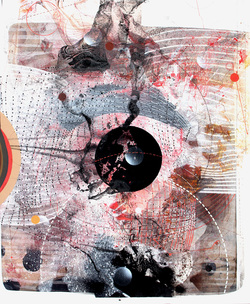
Since time is short and I am really drunk (JUST KIDDING) I am going to use her descriptions, verbatim, of each of these artists. I also thought it might be interesting to do this; I am not telling you whose work is whose. Find out by going to www.adahrosegallery.com.
Jessica Drenk- Tactile and textural, her sculptures highlight the chaos and beauty that can be found in simple materials. Drenk's work is also influenced by systems of information and the impulse to develop an encyclopedic understanding of the world. Jessica transforms ordinary materials such as pencils, books, toilet paper and coffee filters into sculptures that reference nature and our collective culture.
Chris Trueman- If machines could dream, their visions would look something like Chris Trueman’s paintings, whose layers mingle in ways that are at once alchemical and mechanical. His bold, abstract pieces are overlaid with lines and grids that reflect back on the viewer to process the underlying gestural painting. Chris deftly and deliberately combines forces between hard edge lines and the organic fields of color that occupy his expansive, immersive canvases. In Chris’ work, sharp edged lines propel fields of color with intriguing results.
Alison Rash- Rash’s most recent body of paintings seeks to pare down elements to their most essential forms. She moves fluidly between intention and surrender to get at a quiet understanding of line, form and color. Using facets of her own life, an anecdote or idiosyncratic thought-process - she creates an initial system. Coincidence and contingency come into play and perceptual shifts occur where order and intuition converge
Brian Dupont- Brian's practice is a study of how the visual aspects of information can be conveyed within the framework of abstract painting. His recent work has begun to focus on the visual possibilities inherent in language. Brian takes the written (or printed) word as source material, stressing and distorting the text through a process of painting, erasure, and repainting. Working in oil on metal (usually aluminum) he engages with the techniques of high art and common signage in an attempt to foreground the painting’s material reality. His goal is that the painted surface and language will be placed on equal footing so that the works will not merely be read. To this end the text is distorted, reversed, and repeated with odd kerning and shifts in scale so that that the act of reading is transformed into looking.
Joan Belmar-Joan's latest series of paintings are two-dimensional and explore the psychological and cultural divisions that so affect the way we see the world around us, especially in his native Chile. Joan is drawn to maps, especially as he researched the Selknam people, who inhabited the southern region of his native Chile In the maps, he encountered symbols, colors, drawings, grids, dots and lines. Accordingly, in the “Territories” series, Joan created certain structures, but then he let the organic qualities of the acrylics, gouache and ink mix and move spontaneously on the canvas or paper. Metaphorically, they are in search of freedom in a structured world.
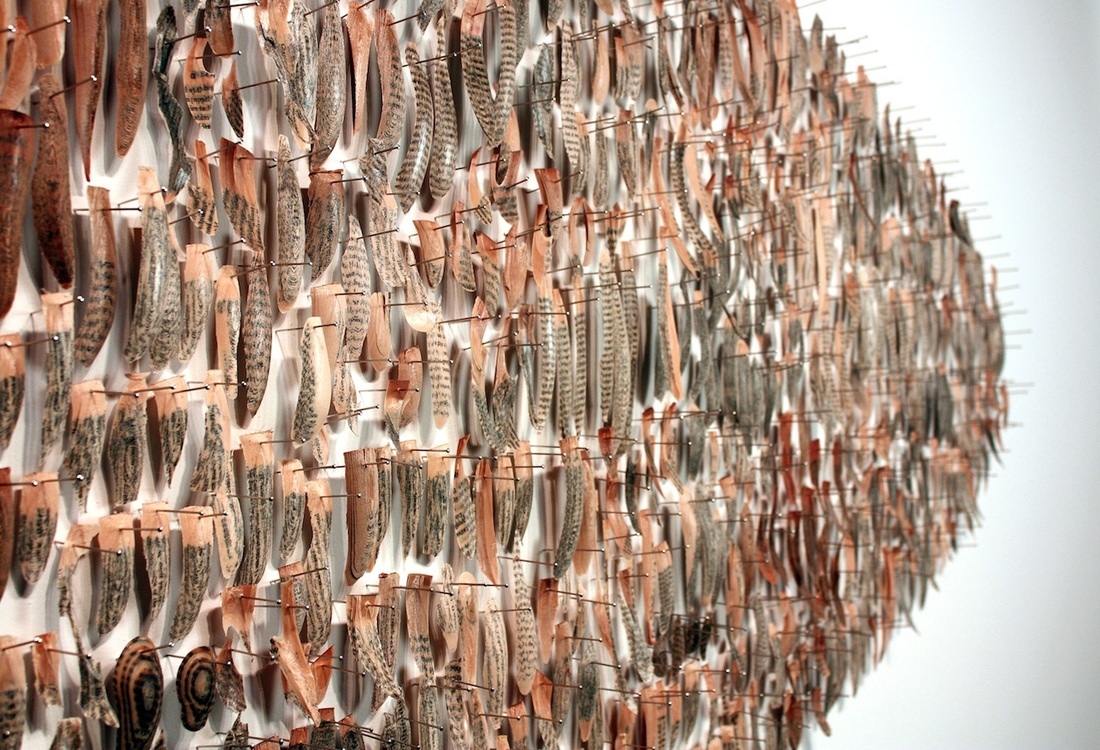
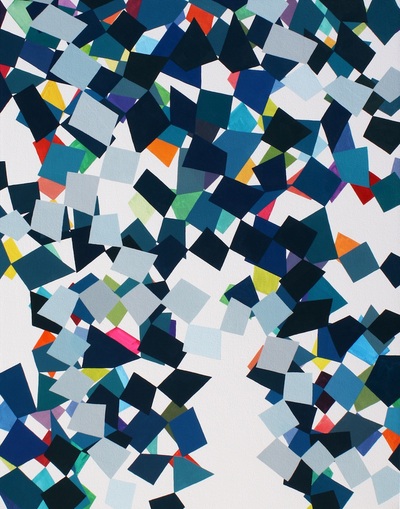
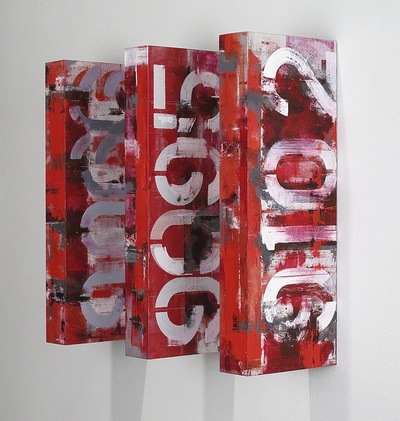
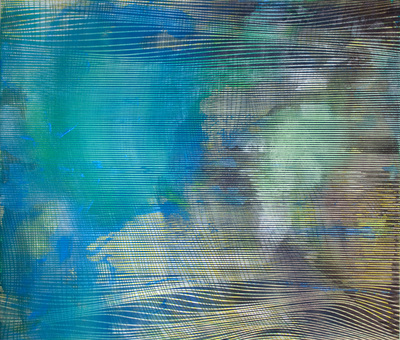
 RSS Feed
RSS Feed